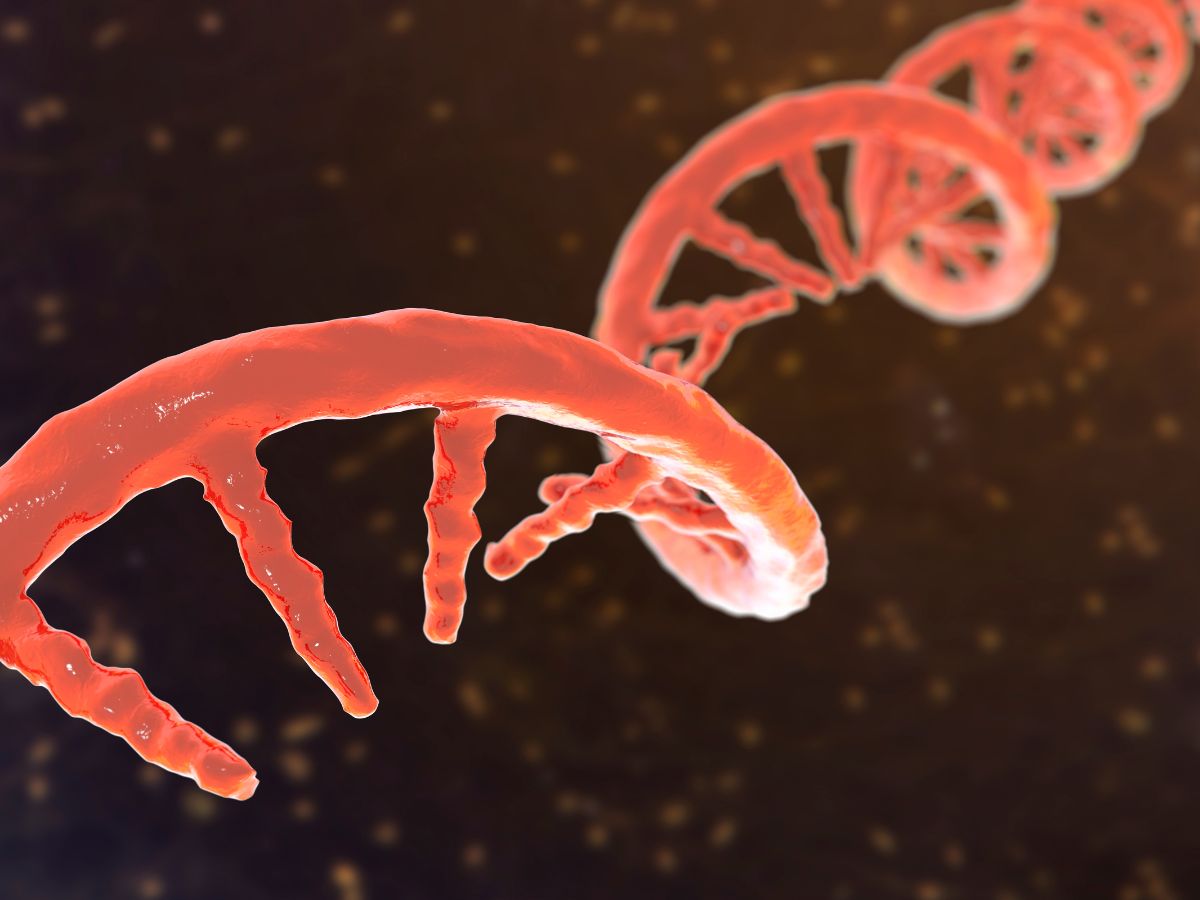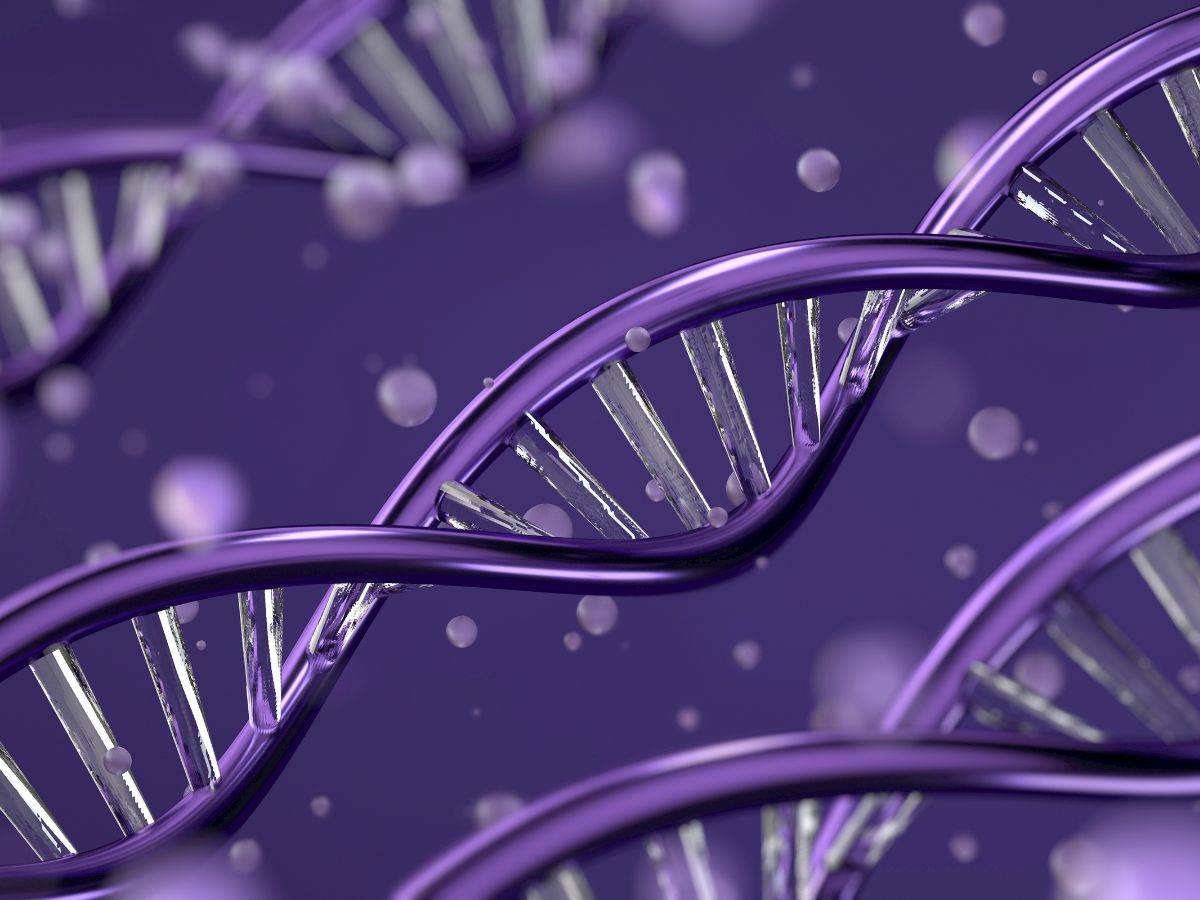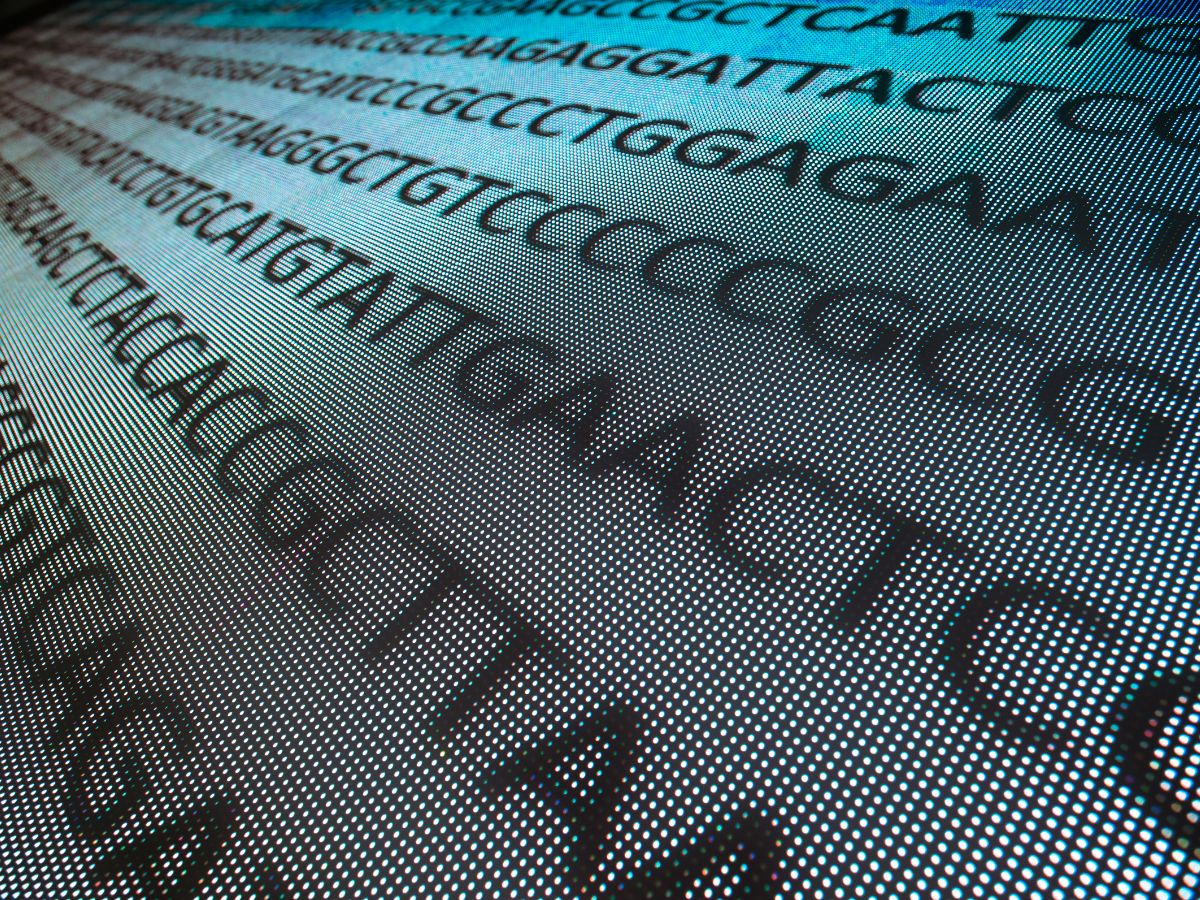Resources
The latest in omics research, from discovery and multi-omics approaches through to diagnostics development
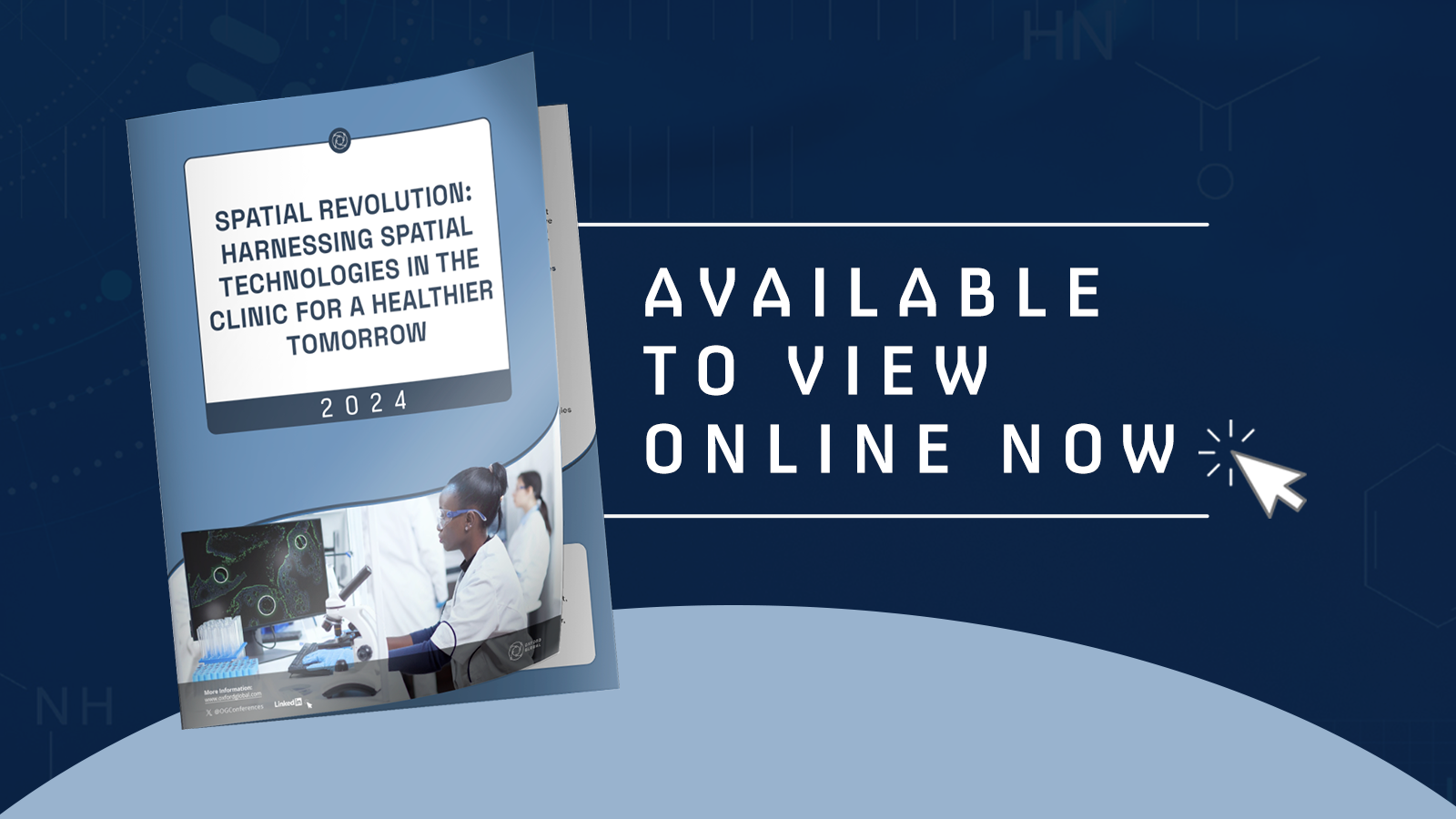
Envisioning a future where spatial technologies pave the way for more accurate diagnoses, targeted treatments, and ultimately, improved patient outcomes. Download our eBook today!
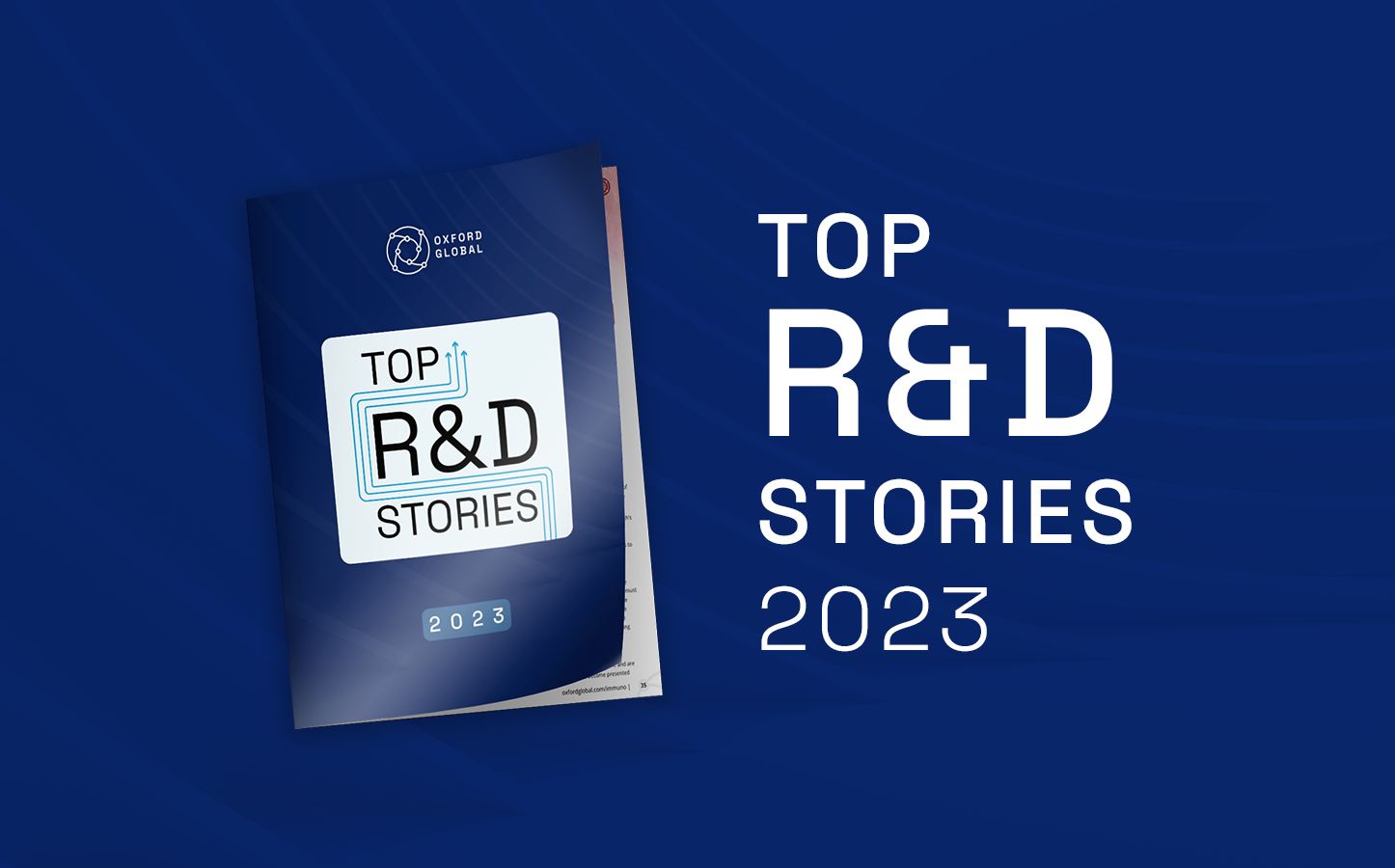
Top R&D Stories of 2023
Through captivating articles, insight pieces, and spotlight interviews, we delve into the remarkable innovations, breakthroughs, and scientific marvels that have defined the landscape of research over the past year.
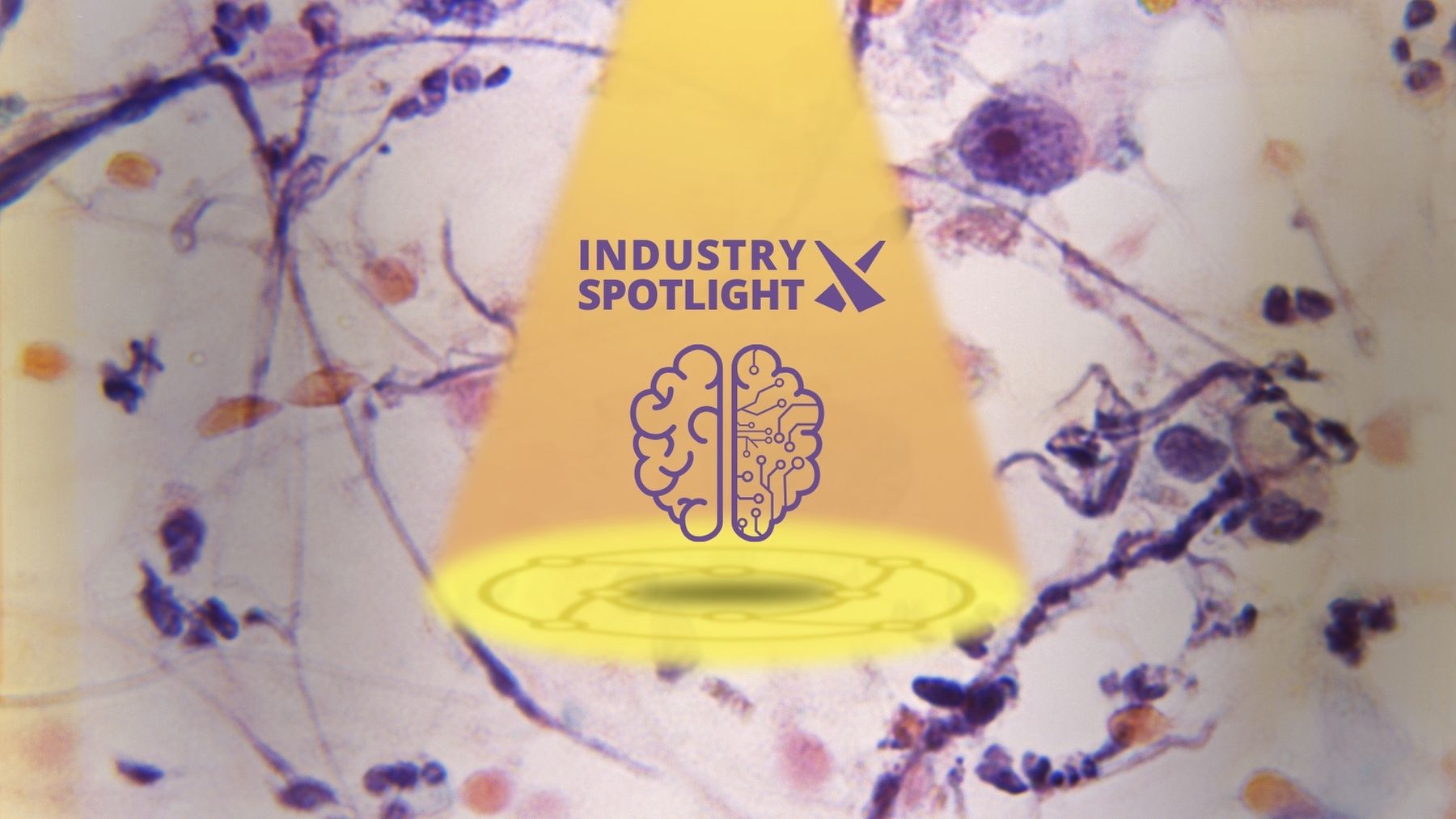
NGS & Clinical Diagnostics
AI “Nearly Twice as Good” at Grading Rare Cancer Aggression
New studies have found that AI can outperform humans in grading the aggression and severity of retroperitoneal sarcoma, suggesting big potential for radiomics in cancer diagnosis.
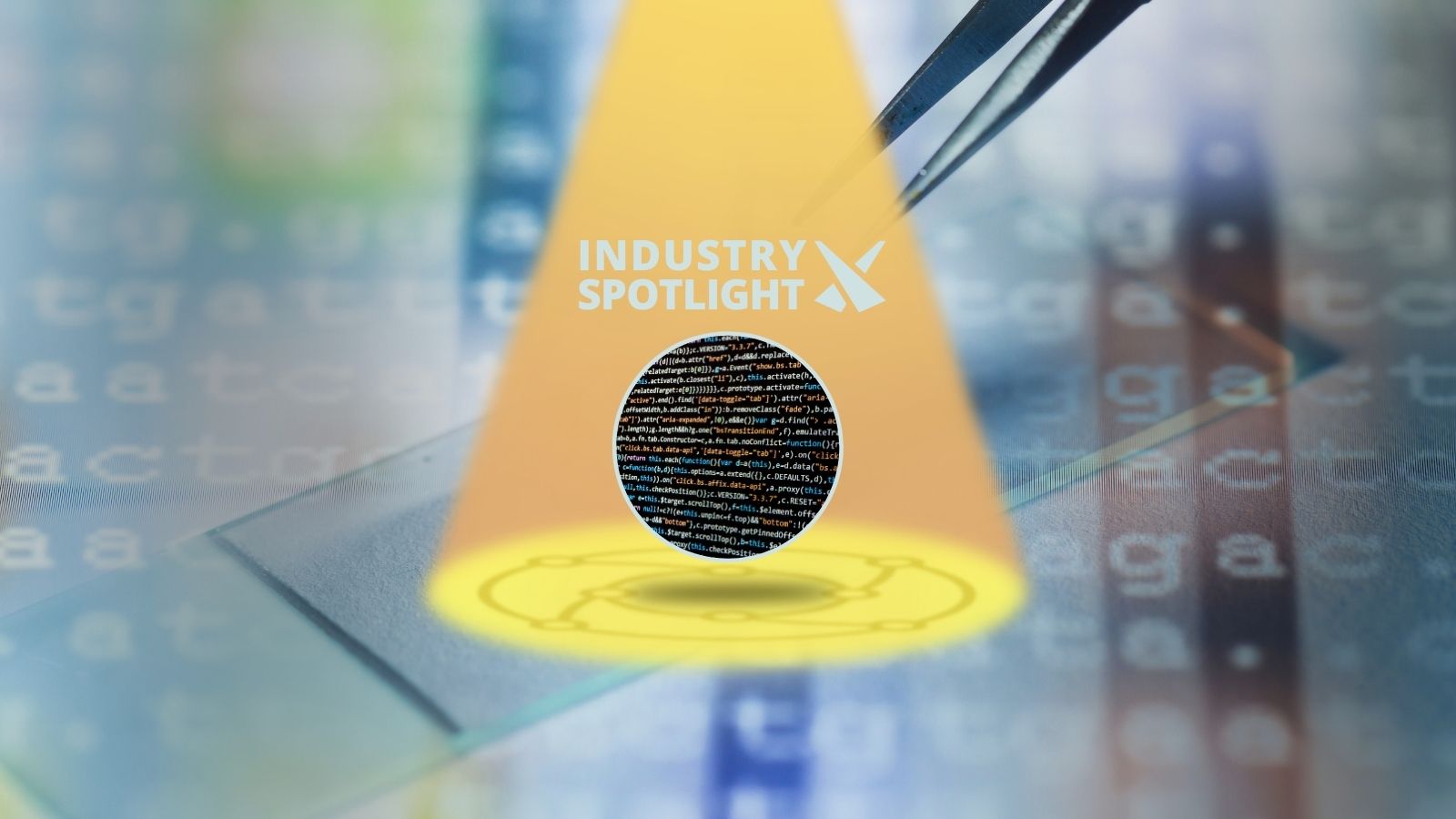
NGS & Clinical Diagnostics
How AI is Opening New Doors in Synthetic Biology and Drug Design
Deep learning and AI are enhancing synthetic biology's role in drug design, emphasising the necessity of quality data in constructing models for approaches such as genome mining and data deconvolution.
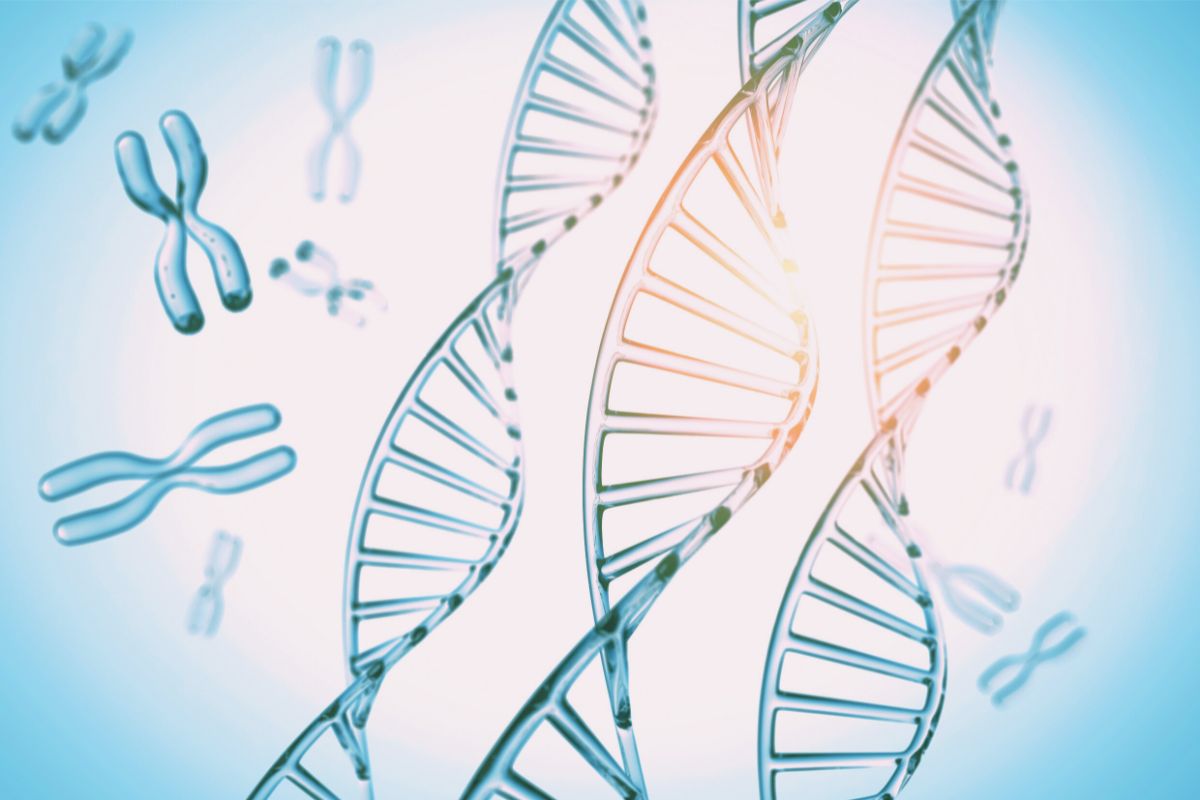
NGS & Clinical Diagnostics
The Applications of AI Prediction in Spatial Imaging Approaches
Here, we look at the growing applications of AI-driven spatial imaging techniques in healthcare, focusing on interpreting the 3D genome through cell imaging. AI can assist in understanding intricate data patterns, enabling an improved understanding of cell behaviour and diseases.

NGS & Clinical Diagnostics
Artificial Intelligence in Mammography Could Double Breast Cancer Screening Efficiency
Results from a trial conducted in Sweden – the first of its kind – indicated that the use of AI in mammography screening is safe for general practice, and that this could be a huge boost to radiologists.

NGS & Clinical Diagnostics
Genome Sequencing Approaches: Choosing Between Long-Read and Short-Read Sequencing
Short-read sequencing approaches are highly accurate for small DNA sequences, while long-read sequencing allows for the study of complete genomes without fragmentation. Combining both approaches can address individual constraints and yield more comprehensive results in DNA analysis.
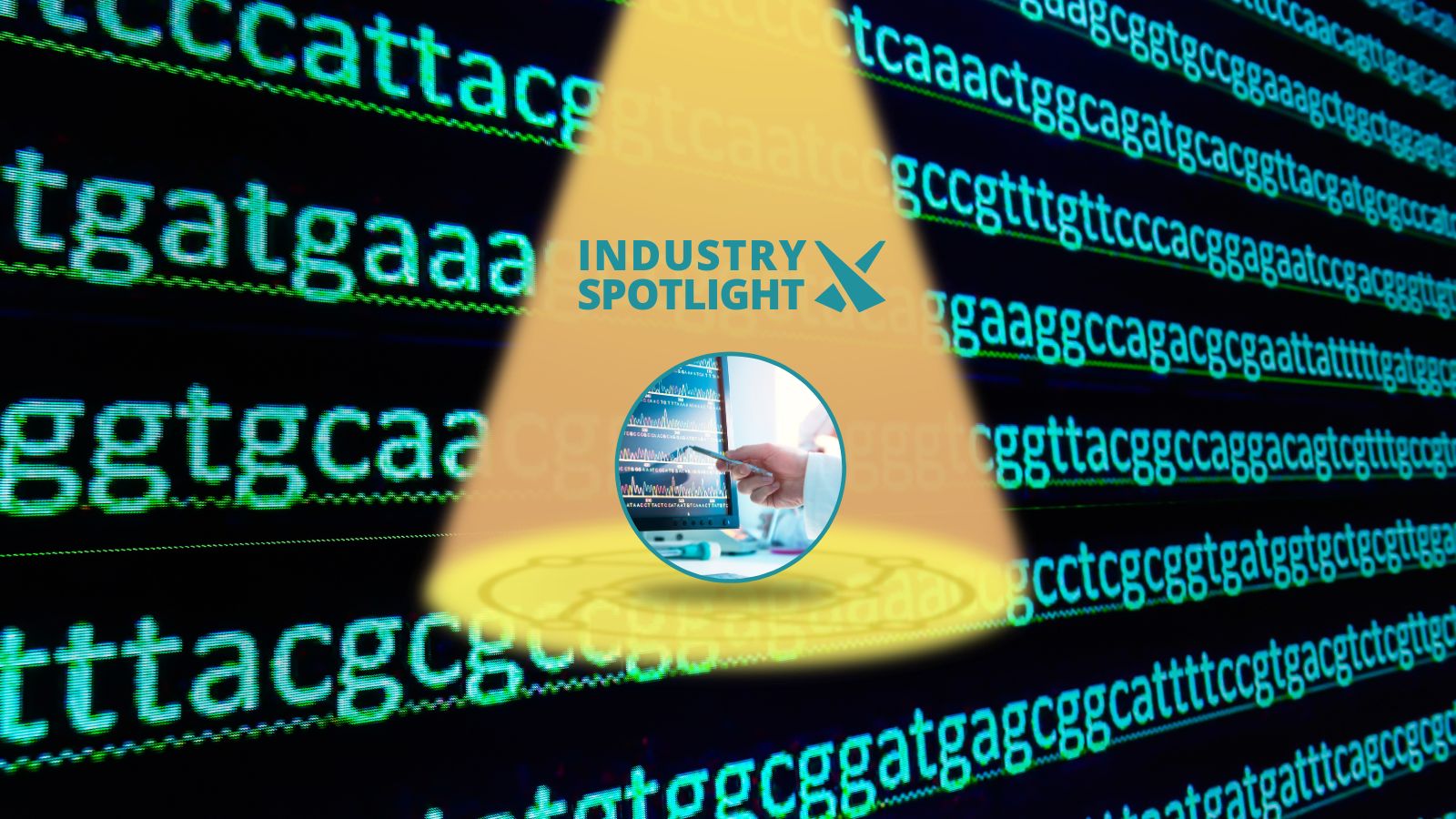
NGS & Clinical Diagnostics
How the $100 Genome Could Reshape the Sequencing Landscape
While the cost of genome sequencing has continued to decrease, the present landscape is still too expensive for the true potential of precision medicine to be fully realised. One potentially revolutionary approach involves the use of a mass-produced item to help reduce costs.
Subscribe to Our Newsletter
Sign up for our monthly newsletter to
keep up with all things omics








